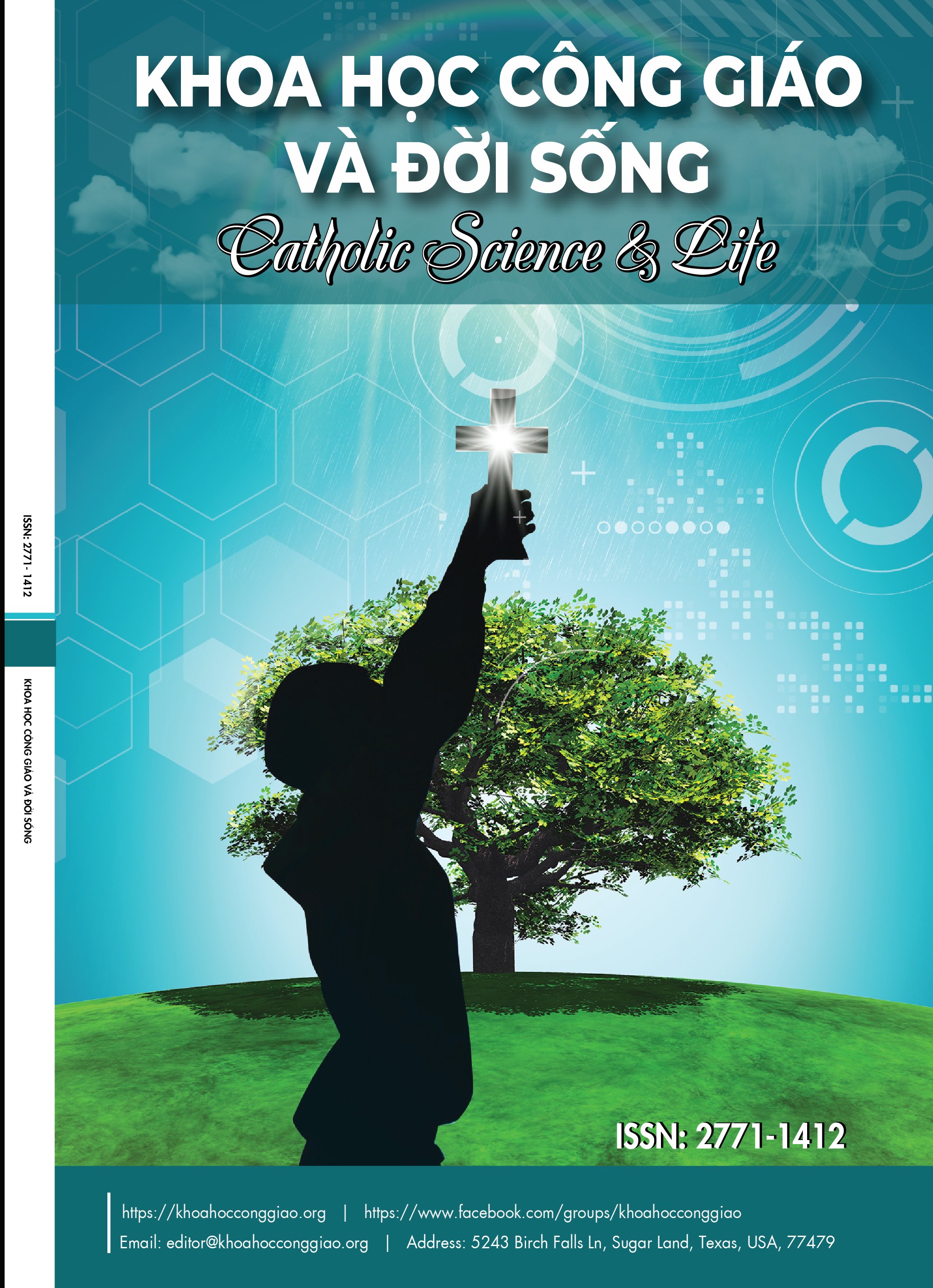Cấu trúc hiện tượng luận Husserl qua khải nghĩa của Derrida
The Structure of Husserl's Phenomenology through Derrida's Interpretation
DOI:
https://doi.org/10.54855/csl.24439Từ khóa:
Derrida, Husserl, Hiện tượng luận, hiện diện, hiện diện sống, tự-động-cảm-tác, phi hiện diện, ký hiệu, thụ hiệu, tác hiệu, chữ viết, lời nóiTóm tắt
Bài viết nằm trong tiểu luận dài về giải cấu trúc của Derrida. Bằng cách đi sâu vào bản văn của Husserl, Derrida cho rằng hiện tượng học của Husserl mang tính cấu trúc. Để làm được điều này, Derrida đã đi vòng qua ngôn ngữ để hiểu Husserl. Chính trong ngôn ngữ mà hiện tượng luận Husserl bộc lộ những giới hạn hay mập mờ. Bài viết phác họa những phân tích của Derrida về hiện tượng luận Husserl như là nền tảng để Derrida “giải cấu”.
Abstract
The article is part of a lengthy essay on Derrida's deconstruction. By delving deeply into Husserl's text, Derrida argues that Husserl's phenomenology is structural in nature. To achieve this, Derrida circumvented language to understand Husserl. It is within language that Husserl's phenomenology reveals its limitations or ambiguities. The article outlines Derrida's analyses of Husserl's phenomenology as the foundation for Derrida's 'deconstruction.
Tài liệu tham khảo
Derrida, Writing and Difference, trans. Alan Bass (Chicago: University of Chicago, 1978), 278.
Derrida, La voix et le phénomène (Paris: Presses Univenitaires de France, 1967), 4.
Derrida, La voix et le phénomène, 70.
Derrida, of Grammatology, trans. Gayatri Spivak (Baltimore: The Johns Hopkins University Press, 1974), 11.
Martin Hagglund, Radical Altheism Derrida and the Time of Life (Stanford: Stanford University Press, 2008), 58.
Heidegger, Kant and the Problem of Metaphysics, trans. James S. Churchill (Bloomington: Indiana University Press, 1965), 193-201.
Saussure, Course in general linguistics (New York: The philosophical Library, 1959), 67.
Tải xuống
Đã Xuất bản
Số
Chuyên mục
Giấy phép
Bản quyền (c) 2024 Phạm Văn Chung, S.J.

Tác phẩm này được cấp phép theo Giấy phép quốc tế Creative Commons Attribution-NonCommercial 4.0 .
Authors retain copyright and grant the journal the right of first publication with the work simultaneously licensed under a Creative Commons Attribution 4.0 International License that allows others to share the work with an acknowledgment of the work's authorship and initial publication in this journal.
Authors are able to enter into separate, additional contractual arrangements for the non-exclusive distribution of the journal's published version of the work (e.g., post it to an institutional repository, in a journal or publish it in a book), with an acknowledgment of its initial publication in this journal.













